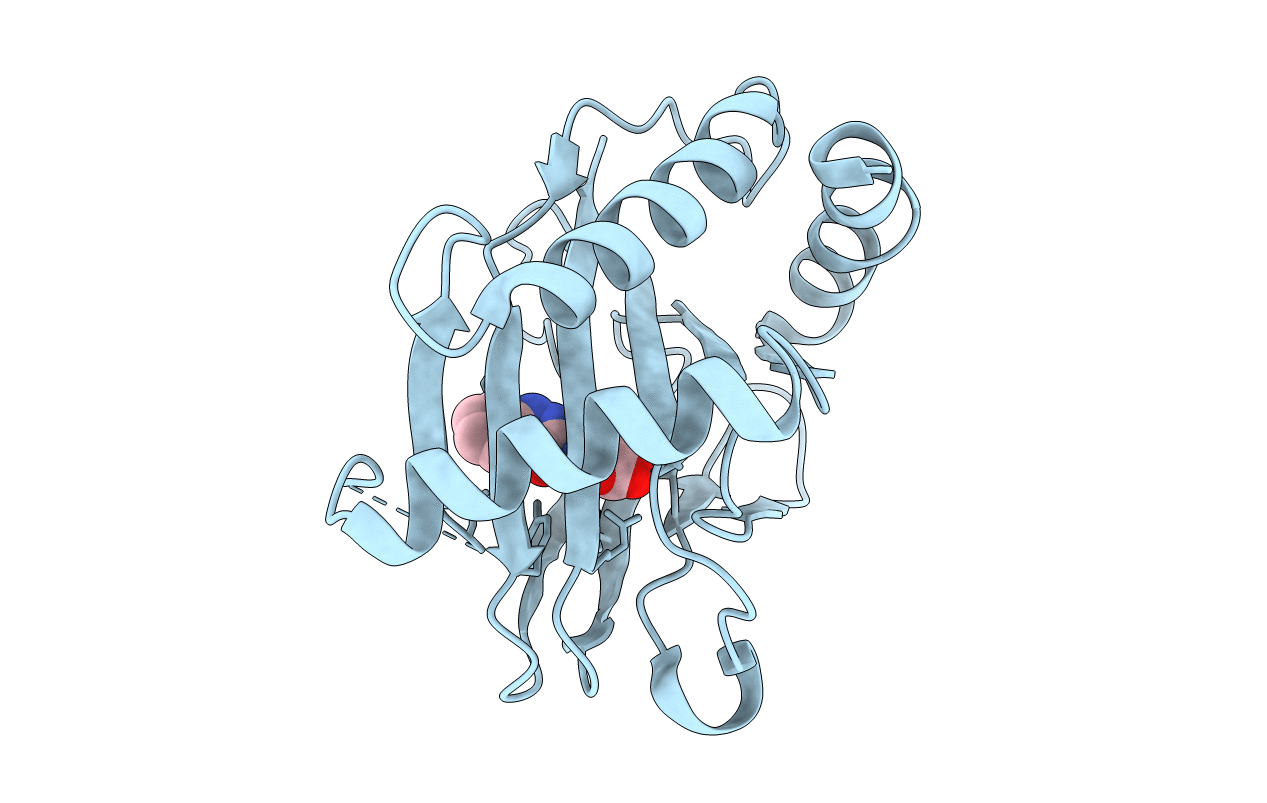
Deposition Date
2019-01-11
Release Date
2019-04-24
Last Version Date
2024-03-13
Entry Detail
PDB ID:
6NMQ
Keywords:
Title:
Hypoxia-Inducible Factor (HIF) Prolyl Hydroxylase 2 (PHD2) in Complex with the Carboxamide Analog JNJ43058171
Biological Source:
Source Organism:
Homo sapiens (Taxon ID: 9606)
Host Organism:
Method Details:
Experimental Method:
Resolution:
1.58 Å
R-Value Free:
0.25
R-Value Work:
0.22
R-Value Observed:
0.22
Space Group:
H 3 2


